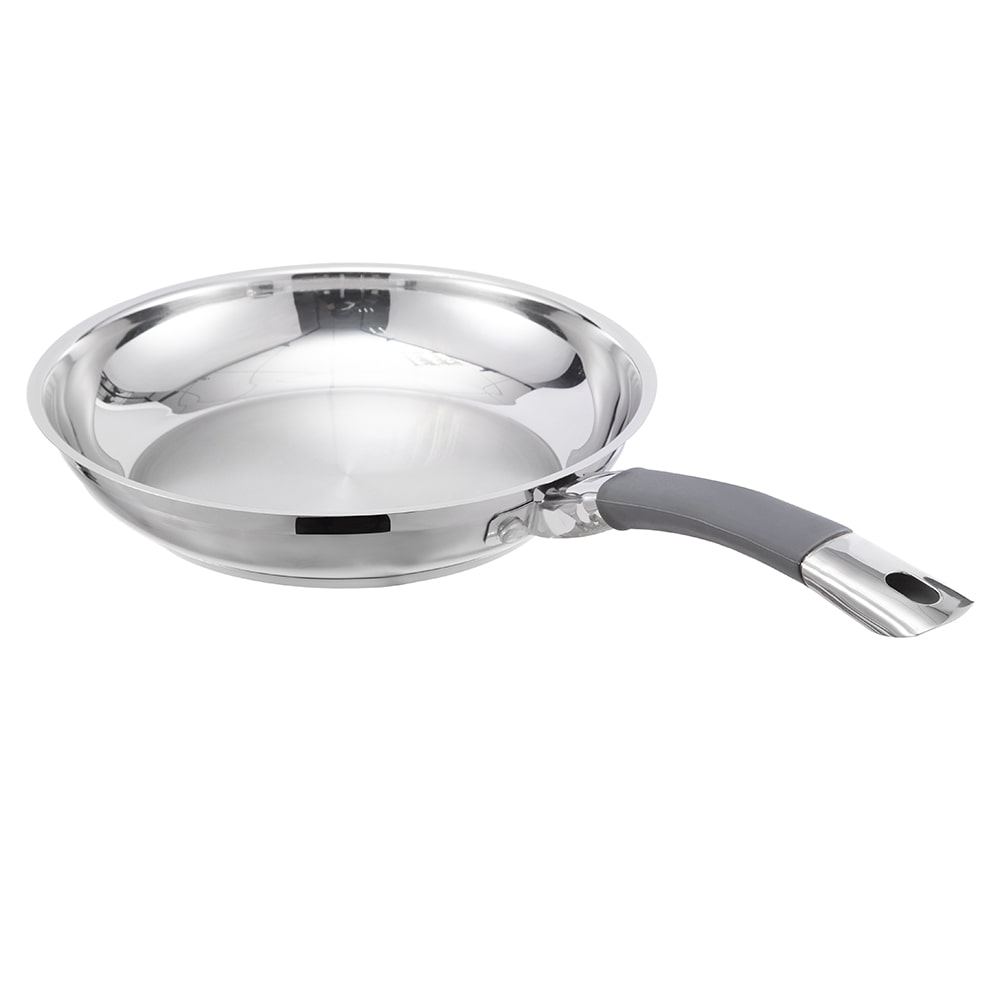The cookware aisle can be a labyrinth of marketing claims and technical jargon, with one of the most prevalent yet misunderstood terms being “stone coating.” When consumers and buyers encounter an aluminum alloy nonstick stone coating stock pot, a fundamental question arises: what exactly is this material that promises the slickness of nonstick with the rugged appeal of stone?
Beyond the Name: The Core Composition of Stone-Derived Coatings
The term “stone coating” is, in a technical sense, a misnomer. One should not envision a thin layer of granite or marble fused to a pot. Instead, it refers to a sophisticated nonstick coating that incorporates inorganic, mineral-like particles to enhance its properties. The base of most modern stone-derived coatings remains a high-performance polymer, similar in family to traditional nonstick materials, but fundamentally upgraded. The “stone” element typically refers to materials like silicon dioxide (a primary component of sand and quartz) or other ceramic compounds that are suspended within this polymer matrix.
The primary polymer used is a type of fluoropolymer, known for its exceptional slipperiness and thermal stability. However, the integration of these hard, inorganic particles is what differentiates a stone coating from its predecessors. These particles create a composite material that leverages the best attributes of both components: the superior food release of the polymer and the added durability and heat resistance of the mineral particles. Therefore, the core of an aluminum alloy nonstick stone coating stock pot is a composite matrix, a blend of organic polymers and inorganic, stone-like elements engineered at a microscopic level. This synergy is key to its performance, offering a surface that is less prone to the scratching that plagues pure polymer coatings while maintaining an easy-release cooking experience.
Deconstructing the Layers: A Multilayered System for Performance and Protection
The nonstick surface on an aluminum alloy nonstick stone coating stock pot is never a single layer. It is a complex, multi-stage system where each layer serves a distinct and critical purpose. This architectural approach is fundamental to the coating’s durability, adhesion, and nonstick performance. A failure in any single layer can compromise the entire system.
The first layer, directly applied to the treated surface of the aluminum alloy, is the primer or adhesion layer. This layer is designed to form an unbreakable bond with the metal substrate. It must withstand the significant thermal expansion and contraction that occurs during heating and cooling cycles without cracking or delaminating. Following this is often a mid-coat or reinforcement layer. This layer is frequently where the stone-like particles are most densely packed. Its purpose is to build thickness, provide structural integrity to the coating system, and act as a sacrificial shield against abrasion from utensils and cleaning tools. Finally, the top layer is the nonstick topcoat. This is the smoothest layer, rich in the nonstick polymers that provide the ultimate food-release properties. It is this top layer that consumers interact with directly, but its longevity is entirely dependent on the integrity of the layers beneath it. The entire system is cured at high temperatures to create a unified, resilient surface on the aluminum alloy nonstick stone coating stock pot.
Table: The Multilayer System of a Typical Stone-Derived Coating
| Layer Name |
Primary Function |
Key Characteristics |
| Adhesion Layer (Primer) |
Bonds the entire coating system to the metal substrate. |
High thermal stability, excellent adhesion properties. |
| Reinforcement Layer (Mid-Coat) |
Provides structural strength and abrasion resistance. |
Often contains a high density of stone/ceramic particles. |
| Nonstick Topcoat |
Delivers the primary food-release performance. |
Smooth, slick surface with final nonstick properties. |
The Manufacturing Process: From Raw Materials to a Finished Surface
The creation of the nonstick surface on an aluminum alloy nonstick stone coating stock pot is a precise and technologically advanced process. It begins with the preparation of the aluminum body. The interior surface is typically grit-blasted or chemically etched to create a microscopically rough texture. This dramatically increases the surface area, providing more “grip” for the primer layer and ensuring a superior mechanical bond.
Once prepared, the coating layers are applied. The most common method is through a electrostatic spray process. In this technique, the liquid coating material is given an electrical charge as it is sprayed. The grounded metal pot attracts the charged particles, ensuring a uniform and consistent application over the entire surface, including edges and complex curves. This consistency is critical for performance; any thin or uneven spots become potential failure points. After application, the pot is moved through a curing oven. The curing process is not merely about drying; it involves subjecting the coating to specific, controlled high temperatures. This process triggers a cross-linking reaction within the polymers, transforming them from a liquid film into a solid, durable, and chemically stable surface. The precise control of time and temperature during curing is what finalizes the bond between the layers and the metal, creating the robust finish expected from a high-quality aluminum alloy nonstick stone coating stock pot.
Key Performance Characteristics: Analyzing the Functional Benefits
The combination of materials and manufacturing results in a set of distinct performance characteristics that define the value proposition of this cookware. A primary benefit is enhanced abrasion resistance. The inclusion of hard mineral particles within the coating matrix creates a surface that is more resistant to scratching from metal utensils, whisks, and abrasive cleaning pads compared to many traditional nonstick coatings. This directly addresses a common consumer complaint and is a major selling point for commercial kitchens and households seeking longevity.
Another significant characteristic is high heat tolerance. While all nonstick coatings have an upper temperature limit, stone-derived coatings generally exhibit a higher threshold than many standard PTFE-based options. This makes an aluminum alloy nonstick stone coating stock pot more suitable for searing and other high-heat cooking techniques without risking degradation of the coating. Furthermore, the surface is inherently PFOA-free. It is important to note that major manufacturers of nonstick coatings have phased out PFOA for years. The polymers and processes used in modern stone-derived coatings continue this standard, ensuring that the final product meets contemporary food safety expectations. The easy release of food is, of course, a cornerstone of the nonstick promise, and this technology delivers it effectively, requiring less oil or butter for cooking and making cleanup significantly easier.
A Comparative Analysis: Stone Coating vs. Traditional Nonstick vs. Ceramic
To fully understand the position of stone coating technology, it is useful to compare it with other prevalent nonstick options. This comparison clarifies its unique place in the market and helps in setting accurate expectations for performance and durability.
Traditional PTFE-Based Nonstick Coatings: These are the classic nonstick surfaces known for their exceptional slickness. They are typically very smooth and provide instant, high-quality food release. However, their primary weakness has historically been a susceptibility to scratching and a lower tolerance for high heat. The stone-derived coating can be seen as an evolution of this technology, sacrificing a minuscule degree of initial slickness for a substantial gain in durability and scratch resistance.
Pure Ceramic Coatings: These coatings are based on a sol-gel process that results in a silica (sand) matrix. They are celebrated for being 100% free of fluoropolymers and are often marketed as a natural alternative. They can withstand very high temperatures but often suffer from a shorter functional lifespan. The nonstick performance of pure ceramic coatings can degrade more quickly over time and with regular use compared to their polymer-stone composite counterparts. The aluminum alloy nonstick stone coating stock pot thus occupies a middle ground, offering a robust, longer-lasting nonstick experience without being fully ceramic.
Table: Comparison of Nonstick Coating Types
| Characteristic |
Stone-Derived Coating |
Traditional PTFE Nonstick |
Pure Ceramic Coating |
| Primary Composition |
Fluoropolymer with mineral/ceramic particles. |
Fluoropolymer (PTFE). |
Inorganic silica matrix. |
| Durability |
High abrasion resistance. |
Lower abrasion resistance. |
Variable; can be prone to chipping. |
| Heat Tolerance |
High (often up to 260°C / 500°F or more). |
Moderate. |
Very High. |
| Nonstick Longevity |
Long-lasting with proper care. |
Long-lasting but easily scratched. |
Can degrade faster with daily use. |
| Chemical Composition |
PFOA-free, contains polymers. |
PFOA-free, polymer-based. |
Polymer-free, mineral-based. |
Proper Care and Maintenance: Maximizing the Lifespan of the Coating
The durability of an aluminum alloy nonstick stone coating stock pot is not absolute; its lifespan is profoundly influenced by usage and care practices. Proper maintenance is essential to preserve the multi-layer system and ensure years of reliable service. First and foremost, while the coating is resistant to abrasion, the use of wooden, silicone, or nylon utensils is still strongly recommended. Using metal utensils remains the single biggest factor in premature coating failure, as it can cause micro-tears that eventually lead to peeling.
Cleaning is another critical area. Allowing the pot to cool before washing is advisable, as thermal shock—subjecting a hot surface to cold water—can stress the bond between the metal and the coating over time. Hand washing with a soft sponge and mild detergent is the preferred method. While many stone-coated products are marketed as dishwasher safe, the harsh, caustic detergents and high-pressure jets inside a dishwasher can gradually degrade the topcoat’s slickness and dull its appearance. For storage, avoid stacking other heavy pots directly inside the stock pot without protective padding, as this can cause scratches. A little care goes a long way in protecting the investment in a high-quality aluminum alloy nonstick stone coating stock pot.
Addressing Common Misconceptions and Setting Realistic Expectations
The marketing around stone coatings can sometimes lead to consumer misconceptions that need to be clarified. One common myth is that these coatings are completely indestructible. This is not accurate. While significantly more scratch-resistant, they are not immune to damage from sharp metal objects or extreme abuse. They are durable, not invincible. Another misconception is that they are “100% natural stone.” As detailed, they are a sophisticated synthetic composite that includes stone-like elements, not a slab of natural rock.
It is also crucial to set realistic expectations regarding nonstick performance over time. No nonstick coating, regardless of its technology, lasts forever. The performance will gradually diminish with years of constant use. However, a well-manufactured aluminum alloy nonstick stone coating stock pot, when cared for properly, should provide several years of excellent service. The goal of this technology is to extend that functional lifespan significantly compared to earlier generations of nonstick coatings, providing better value and reducing waste from frequently replaced cookware.
Conclusion: An Engineered Solution for Modern Cooking Needs
The “stone coating” on an aluminum alloy nonstick stone coating stock pot is a testament to the innovation in modern materials science. It is not a simple or natural material, but rather a carefully engineered composite system designed to overcome the limitations of earlier nonstick technologies. By combining the proven food-release of fluoropolymers with the ruggedness of inorganic mineral particles, and bonding this system to a highly conductive aluminum alloy body through a precise manufacturing process, this technology delivers a compelling package of durability, high-heat performance, and easy cleanup.
 No. 1, Jingwei Road, Yangcheng Lake Town, Xiangcheng District, Suzhou City, China
No. 1, Jingwei Road, Yangcheng Lake Town, Xiangcheng District, Suzhou City, China [email protected]
[email protected] +86-13913553688
+86-13913553688
 search
search
 中文简体
中文简体 English
English русский
русский Français
Français Español
Español 日本語
日本語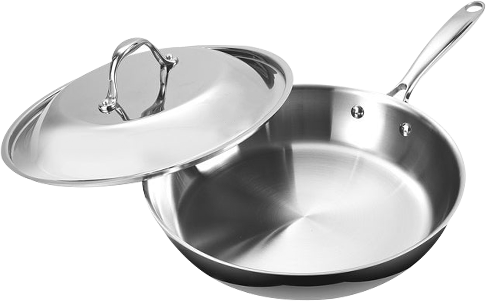
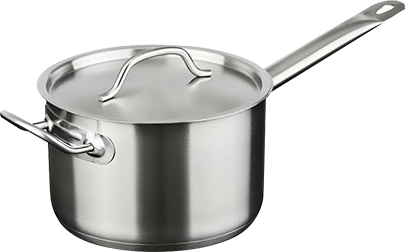
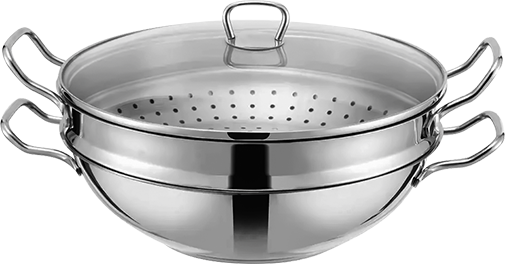
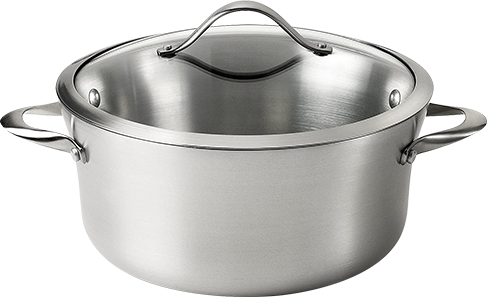
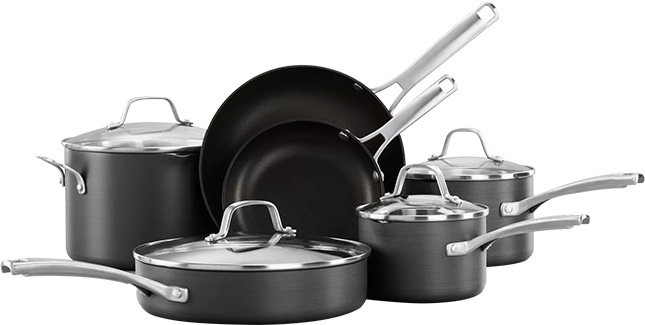


-4.jpg)
-1.jpg)
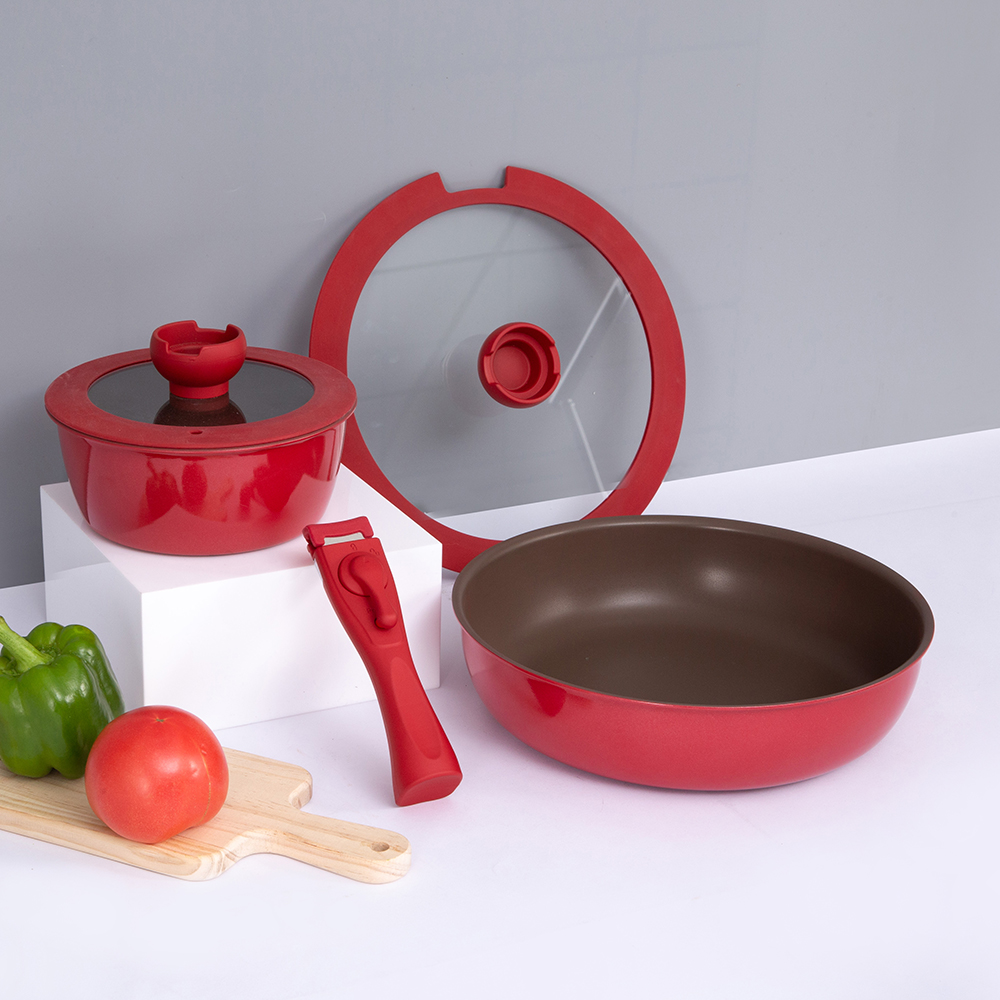
-3.jpg)
-5.jpg)
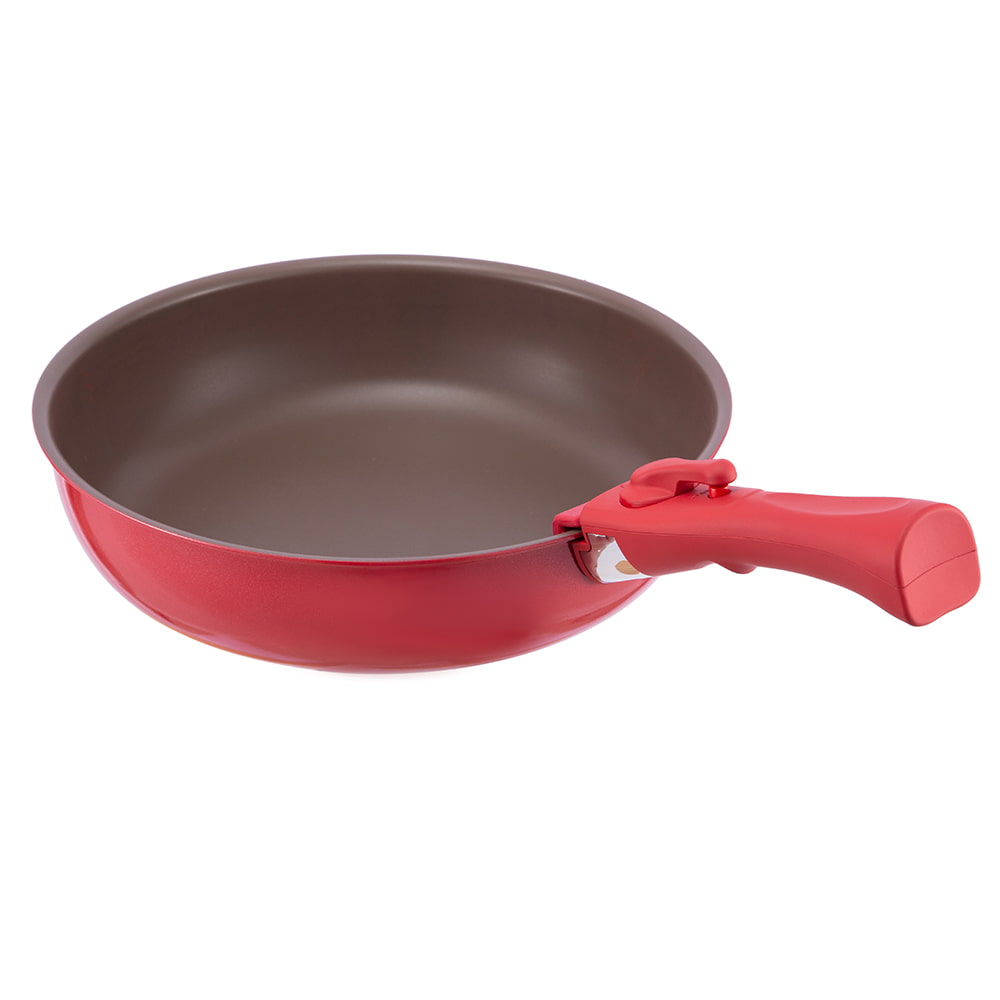
-3.jpg)
-9.jpg)
-3.jpg)
-14.jpg)
